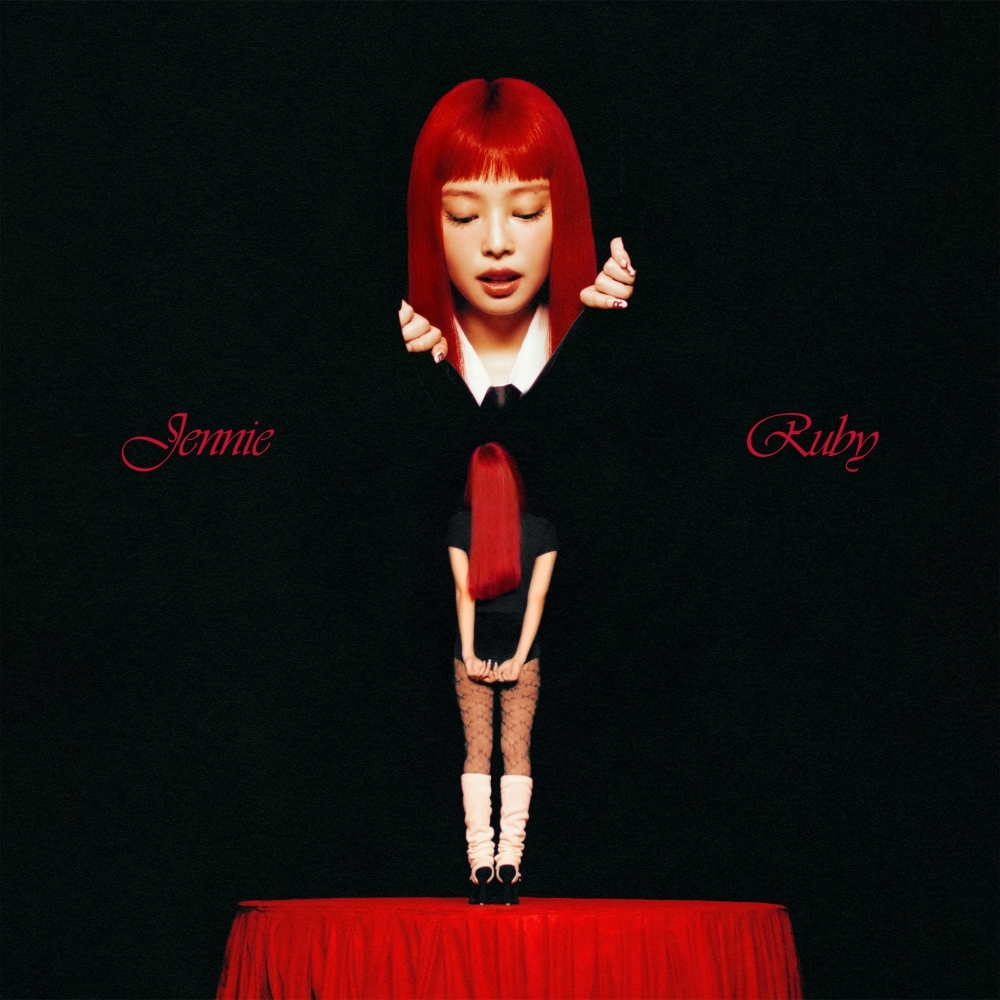June 4, 2025
SEOUL – The Korean music scene is undergoing a notable shift. Once dominated by idol groups, the nation’s top streaming charts are now increasingly led by solo artists — signaling changing tastes, industry dynamics and the evolving behaviors of K-pop consumers.
That month’s top 10 included soloists G-Dragon, Jennie, Woodz, Zo Zazz, Hwang Garam and Rose. Only aespa’s “Supernova,” Ive’s “Heya” and Le Sserafim’s “Hot” represented idol groups. On the latest weekly chart, just three groups — aespa, BoyNextDoor and Riize — managed to stay in the top 10.
Comebacks fall flat: A lack of impact from new idol songs
Despite the sheer number of group comebacks this year, many new releases have failed to leave a lasting impression.
NCT Wish, Le Sserafim, TWS, BoyNextDoor, Hearts2Hearts and Kiiikiii are among the teams that either returned or debuted in the first half of 2025. Yet few managed to maintain a stable presence on the charts.
“Frankly, K-pop groups aren’t doing well right now,” said music critic Lim Hee-yun on Tuesday. “Of course, artists like IU are consistently strong, and soloists like Woodz, Hwang Garam and Zo Zazz have made impressive rebounds or gradually built momentum with ballads. But when it comes to idol groups, there haven’t been many new songs that truly capture the public’s attention.”

Top 10 digital rankings for April on Circle Chart. PHOTO: SCREENSHOT FROM CIRCLE CHART’S WEBSITE/THE KOREA HERALD
Many soloists dominating the local charts are former members of mega-popular groups such as Big Bang and Blackpink, whose brand recognition, fan bases and individual artistry contribute to their strong performance.
Big Bang’s G-Dragon, for instance, ranked No. 1 in Circle Chart’s April “Digital Top 400 Artist Index,” securing 12 songs in the top 400 and accounting for a 5.5 percent share of the entire chart.
A format built for focus: Solo tracks resonate in the streaming age
Lim believes part of the shift is rooted in the musical format itself. Idol music, often designed around choreographed performances and rap-heavy breaks, can be thrilling on stage but less appealing for passive listening.
“K-pop idol songs can be fun and dynamic with raps and powerful choreography. But as listening experiences, they’re often less cohesive,” he said. “Even if a group has strong vocalists, it can be jarring when a weaker member jumps in with a rap verse mid-song. Solo tracks, in contrast, are built around a single vocal tone and emotional arc — making them more immersive for listeners.”
Lim also noted that K-pop fan behavior has changed. Younger fans, in particular, have drifted away from traditional streaming platforms.
“K-pop fans once played a central role in boosting their favorite groups on domestic charts. Now, with so many platforms — social media, fandom apps, exclusive content — their efforts are more spread out. Idol groups no longer dominate the charts like they used to,” he said.

Blackpink’s Jennie. PHOTO: ODD ATELIER/THE KOREA HERALD


